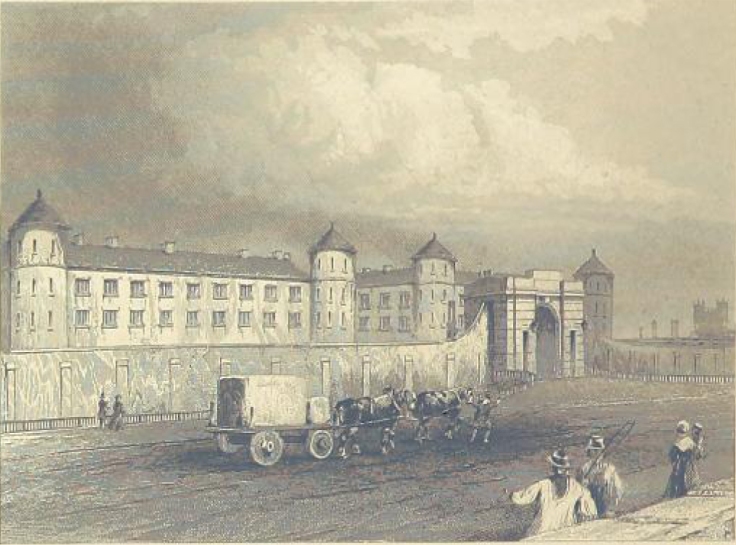‘Narrative power’ – This is a phrase that up until this week’s post, I had never really heard, particularly not in relation to prisoners and prisoner reform. I found it fascinating. Imagine already being locked up for your actions, being confined, your life out of your control, well at least you have your freedom of speech, right? at least nobody can tell you what to say? Wrong! Prison memoirs are more complex than the name would suggest. It was not simply the case that they expressed the views of prisoners or documented life in prison and the lives of the incarcerated.
The authenticity of many memoirs is certainly up for debate. In many cases, it was in fact not the prisoner that wrote the memoir but instead the likes of prison Chaplains. Much of the time, it was believed that a person’s (prisoners) life story should be part of prison discipline. By talking to prisoners and documenting where they went wrong will help in not only reforming their character but essentially show the public how not to live their lives.

In Rev. Daniel Nihill’s work entitled ‘Prison Discipline and its Relation to Society and Individual’ (London: J. Hatchard, 1830) he states how prisons should be rendered as ‘instruments of propagating through the country the solitary dread of the consequences of crime’. His opinions are reiterated throughout the text and he strongly believed that the world should take note as ‘if the impression of a prisoner’s fate is obliterated from the public conscience’ due to the likes of transportation or death, then no lessons can be learned, and society cannot grow. Ultimately, works like this are used to corroborate existing views of the writers and certainly not to give voice to the subjects involved.
It may be said that to end up in prison, there was a narrative disorder in the inmate’s life and prison attempts to rectify these disorders and re-write the path of their life. Not only does the prison wield literal power over an inmate’s life but, in in the case of prison memoirs, they wield narrative power too.
In the case of Rev. John Field, prisoner testimonies were used to promote his own ideas of reform and demonstrate the importance of Christian instruction in one’s life to keep them on the straight and narrow. It is questionable as to whether the prisoner’s testimonies in his work ‘Memoirs of Convicted Prisoners, Accompanied by Remarks on the Causes and Prevention of Crime’ (London: Wertheim 1853) were in fact genuine and whether the prisoners felt grateful in the ways they claimed. If you recall my thoughts on ‘Moll Flanders’ in my previous post, I concluded that her penitent stance lacked any real religious grounding as she constantly described her want for ‘Comfort’. Perhaps many prison memoirs contained untruthful words and I believe that, like Moll, many prisoners said what they thought the chaplains would want to hear and what they thought would make life easier for themselves and again, make their lives more comfortable.
I would however like to end by saying that prisons did not have full control over prisoner expression. It was particularly interesting to learn about the way’s in which prisoners communicated with each other through a variety of ingenious and crafty ways such as passing notes and prison slang. On page 52 of his book, Rev. Daniel Nihill talks about how, during a search, belts were found that had been ‘secretly manufactured from pilfered materials’ that contained scraps of communication. It makes me wonder how harsh prison life must have been for inmates to need to find sneaky ways to communicate with one another. Take a look this blog by Josie Burrows that explores the way prisoners communicated through ‘chat holes’ in the walls of their cells and learnt from each other’s crime. This is another fascinating subculture of prison life and is certainly worth a read!
Works Cited –
- Daniel Nihill, Prison Discipline in its Relation to Society and Individual (London: J. Hatchard, 1830)
- Rev H.S. Joseph, Memoirs of Convicted Prisoners, Accompanied by Remarks on the Causes and Prevention of Crime (London: Wertheim 1853).
Leave a comment